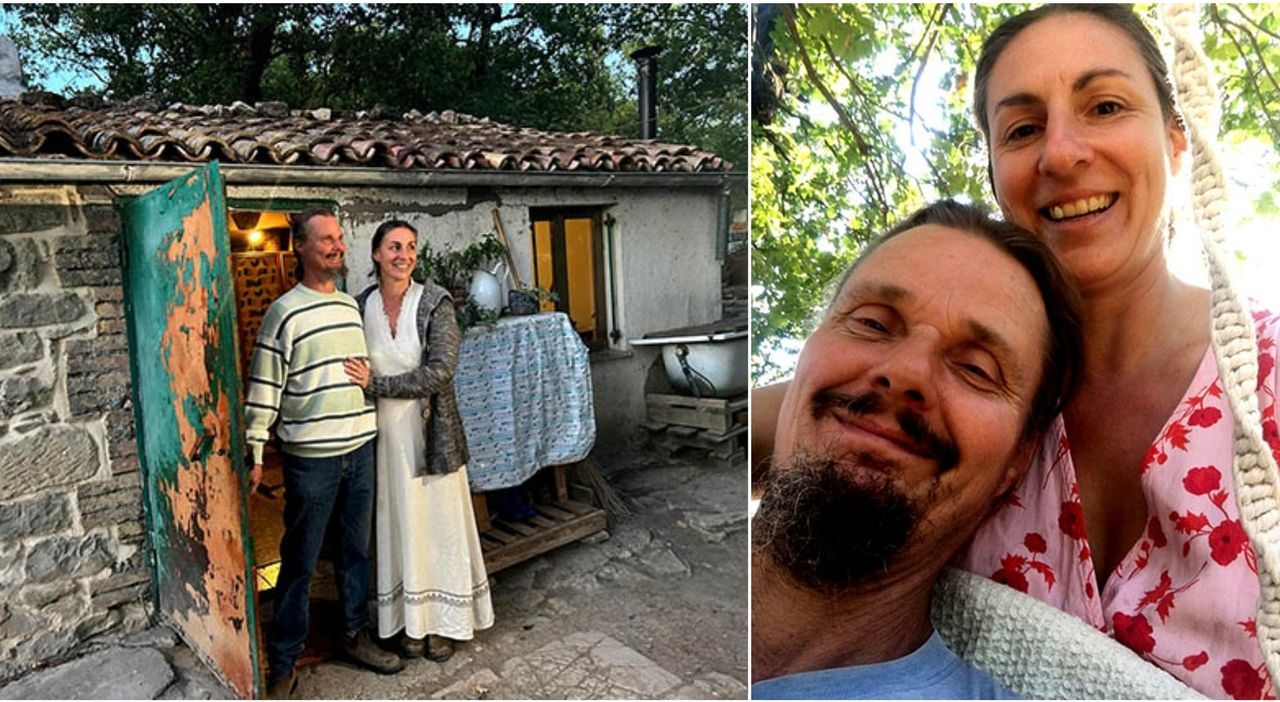21 novembre 2025
Tre bambini sono stati allontanati dalla loro famiglia e inseriti in una struttura protetta. Palmoli, Abruzzo. Novembre 2025. A motivare la decisione del Tribunale dei Minori dell’Aquila: la scelta di una vita nel bosco, senza servizi a norma, e l’adozione dell’homeschooling in forma dichiarata ma non convenzionale. Una vicenda che ci tocca profondamente come Fondazione Libera Schola, perché solleva interrogativi cruciali sulla libertà educativa, sulla funzione della scuola nella società contemporanea e sul ruolo dello Stato quando le famiglie scelgono percorsi alternativi. Non si tratta di una situazione di abuso, né di incuria nel senso abituale del termine. Si tratta, piuttosto, di una scelta esistenziale e pedagogica alternativa, che ha disturbato il senso comune istituzionalizzato e ha incontrato la reazione più dura possibile: la separazione forzata dei bambini dai genitori. Non è una questione tecnica. È una questione culturale. Questa non è la storia di una famiglia “inadempiente”. È la storia di una famiglia che ha scelto uno stile di vita essenziale, orientato all’autosufficienza, e una forma di educazione parentale basata su ritmi naturali, apprendimento esperienziale e relazioni significative. La scelta dell’unschooling, sebbene non ancora normata nel dettaglio dal nostro ordinamento, non è illegale. È semplicemente fuori dagli schemi. Il Tribunale ha parlato di “pericolo oggettivo” per l’integrità psicofisica dei minori, con particolare riferimento alla vita di relazione e all’assenza di trattamenti sanitari obbligatori. Tuttavia, la vicenda nasce da un episodio accaduto più di un anno fa: un’intossicazione da funghi, risolta in ospedale. Nessun segnale di maltrattamenti, nessuna denuncia per abuso, nessuna situazione di emergenza evidente. Eppure, a distanza di mesi, arriva una decisione che cambia per sempre la vita di questi bambini. Se davvero ci fosse stato un rischio così grave, perché la giustizia ha atteso oltre dodici mesi? Se c’era un pericolo reale, l’intervento sarebbe dovuto essere immediato. Invece, è arrivato sotto la pioggia di novembre con cinque pattuglie dei carabinieri e l’esecuzione di un decreto che pare più una punizione ideologica che una misura di tutela. Socializzazione: davvero serve la scuola per imparare a stare con gli altri? Nel decreto si legge che “la deprivazione del confronto tra pari” potrebbe avere effetti negativi sullo sviluppo. È un argomento che da anni viene utilizzato per screditare l’educazione parentale, senza però tenere conto della complessità del concetto di socializzazione. Perché mai si dovrebbe presupporre che la relazione umana autentica avvenga solo dentro le mura scolastiche? La socializzazione non nasce tra file di banchi, ma nella libertà di esplorare, nella possibilità di scegliere le proprie relazioni, nei legami significativi e intergenerazionali che molti bambini oggi non vivono più nemmeno tra i banchi. La socializzazione scolastica imposta, spesso sterile e carica di dinamiche di controllo e competizione, non è sinonimo di crescita relazionale sana. Migliaia di studenti italiani vivono ogni giorno in contesti scolastici poveri di ascolto, presenza e autenticità. Non si parla mai di questo quando si invoca la “vita di relazione”. La relazione non si impone. Si costruisce. E l’isolamento può avvenire anche in classe, quando le emozioni vengono negate, quando l’adulto di riferimento è distante, quando la pressione performativa sostituisce la cura. I numeri che il sistema dimentica È necessario ricordare alcuni dati fondamentali, troppo spesso ignorati nel dibattito pubblico. In Italia, un minore su quattro sotto i 16 anni vive in condizioni di povertà o esclusione sociale. Il tasso di abbandono scolastico precoce si attesta al 10,5%, con punte che superano il 30% tra i minori rom e stranieri. Nei contesti più fragili, i bambini non vanno a scuola, non ricevono supporto educativo né sanitario, vivono spesso in ambienti degradati, ma lo Stato interviene solo a tratti, in modo discontinuo e poco risolutivo. Inoltre, i disturbi psicologici tra i minori scolarizzati sono in forte aumento: ansia, depressione, autolesionismo, disturbi alimentari sono ormai fenomeni diffusi anche nella fascia tra i 10 e i 14 anni. Eppure, il sistema scolastico non viene messo in discussione. Nessuno ordina allontanamenti forzati in massa dalle scuole. Nessuno parla di “vita di relazione compromessa” per i bambini che trascorrono le giornate isolati dietro uno schermo o in aule affollate senza ascolto né cura. Un precedente pericoloso Il caso Palmoli non è isolato. Solo pochi mesi fa, a Roma, un’intera comunità condominiale si è mobilitata per evitare la sottrazione coatta di una bambina. In altre situazioni, invece, la giustizia non ha saputo intervenire per tempo, lasciando bambini in ambienti gravemente pericolosi. Questo ci dice che non esiste una reale coerenza nell’intervento dello Stato. Esiste, piuttosto, una crescente insofferenza verso chi esce dai binari prestabiliti. Il punto non è essere d’accordo con tutto ciò che fanno queste famiglie. Il punto è che il dissenso educativo non può e non deve essere criminalizzato. Chi sceglie di vivere in modo sobrio, di educare fuori dalla scuola, di usare l’acqua del pozzo e di riscaldare con la legna, non è automaticamente un genitore pericoloso. Cosa possiamo fare Come Fondazione Libera Schola: • Monitoriamo il caso di Palmoli con attenzione, insieme a realtà amiche e legali esperti. • Difendiamo il diritto alla scelta educativa responsabile e consapevole. • Sosteniamo famiglie che educano fuori dalla scuola con serietà e coerenza. • Promuoviamo una cultura del rispetto verso la diversità pedagogica. • Invitiamo tutti a firmare la petizione in difesa della famiglia ( link ) e a condividere questa storia. La libertà educativa non è un privilegio. È un diritto umano fondamentale. Se oggi si può togliere un figlio a una famiglia solo perché vive nel bosco e non ha l’acqua corrente, domani si potrà fare lo stesso con chi vive in una comune, in un camper, in una yurta, in cohousing rurale o semplicemente... ha scelto di non mandare il proprio figlio a scuola. Tutelare i bambini significa anche tutelare il diritto dei genitori a educarli in modo diverso, quando questo avviene con amore, presenza e responsabilità. Perché non esiste educazione senza libertà. E non esiste libertà senza il coraggio di difenderla.












